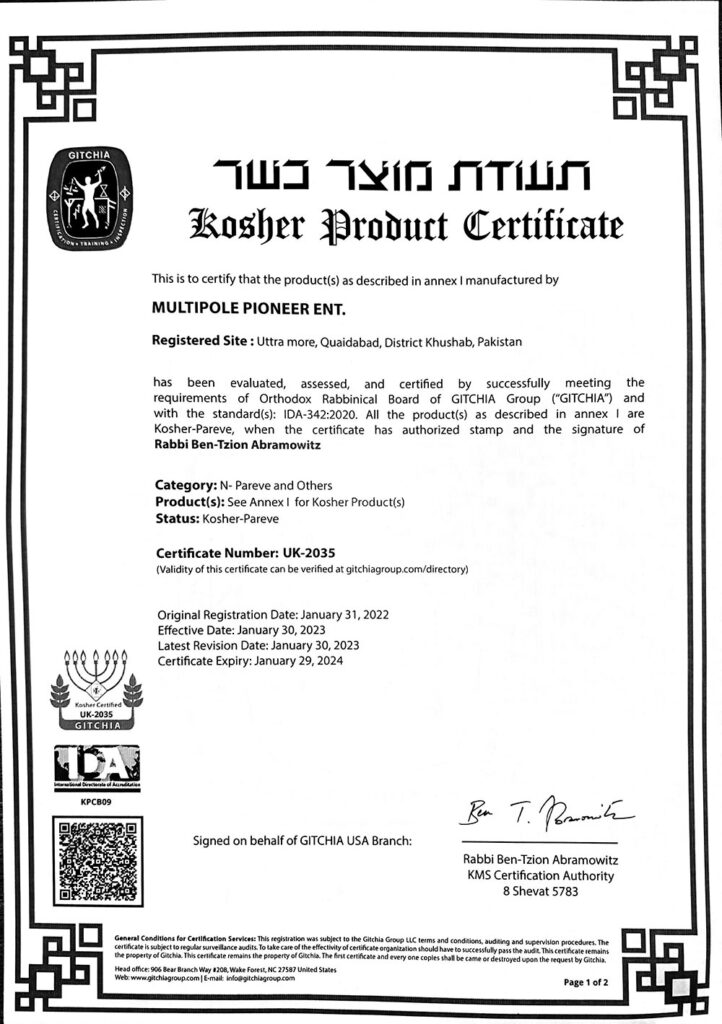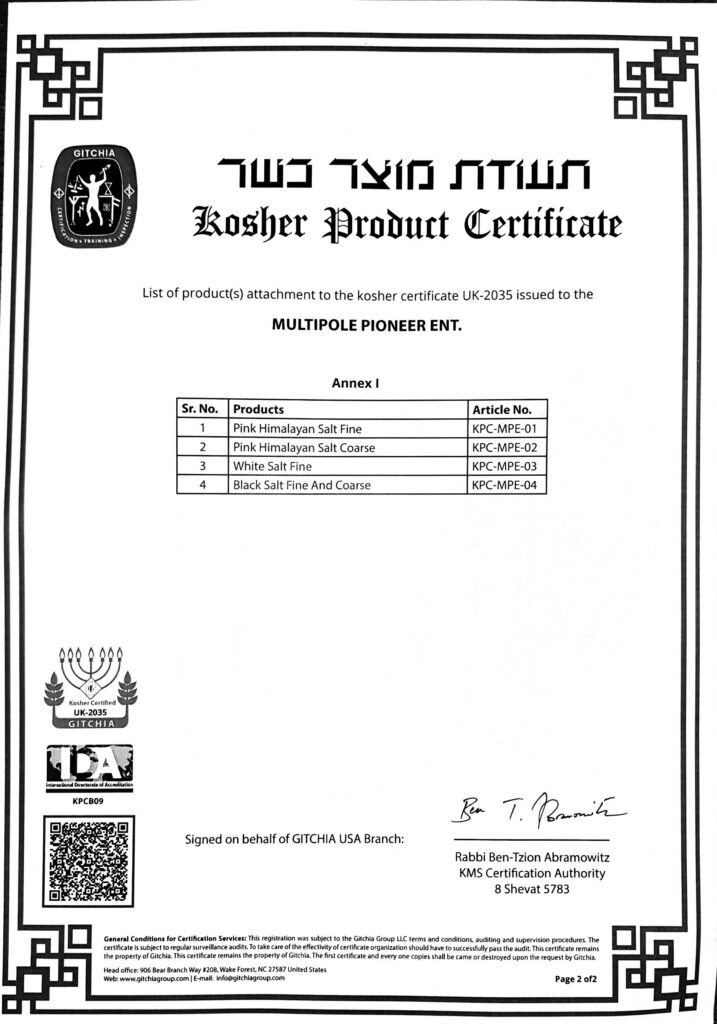Himalayan salt blocks, plates, and bricks can be used for sautéing, grilling, chilling, curing, baking, salting, plating, bathing, and contemplating.
A boulder of Himalayan Rock Salt emerges from darkness of a 16th century mine shaft in Pakistan and explodes into light, catching and refracting the sun in hues ranging from water-clear crystal to clematis flower pink to deep meaty red. The rough salt rocks are then hand cut by local masons into a variety of shapes, providing the foundation for extraordinary new ways to prepare and serve food. Indeed, there are as many uses for a heavy slab of Pakistani Pink Himalayan salt as there are foods, cooking styles. The salt’s crystal lattice has a fairly high specific energy (energy per unit of mass), so it will tend to hold any temperature you bring it to for a good while. Also, due to its lack of porosity or moisture (.026%), the salt plates can be safely heated or chilled to virtually any extreme. We have tested them from 0°F up to 900°F. Two other considerations come into play when working with our Himalayan salt plates. Their lack of porosity means that the surface area touches your food is minimal. Compared to, say, ground up salt or naturally evaporated salt crystals, these large blocks of salt will impart only a very moderate saltiness. Second, the high quantity of trace minerals (1.2% sulfur, .4% calcium, .35% potassium, .16% magnesium, and 80 other trace minerals) impart a more mild and full taste to the salt, providing another level of flavor complexity to your food.
After each use, wash your Himalayan salt plate with warm water and a soft brush or green scrubby, and tamp dry with a paper towel before setting on a drying rack. This will remove a very thin layer of the salt and make it ready for use again. Treated with care, a large salt slab will provide years of service! In addition, the powerful antimicrobial properties of the salt insure that it is always proper and ready for future use, with no need for detergents.





